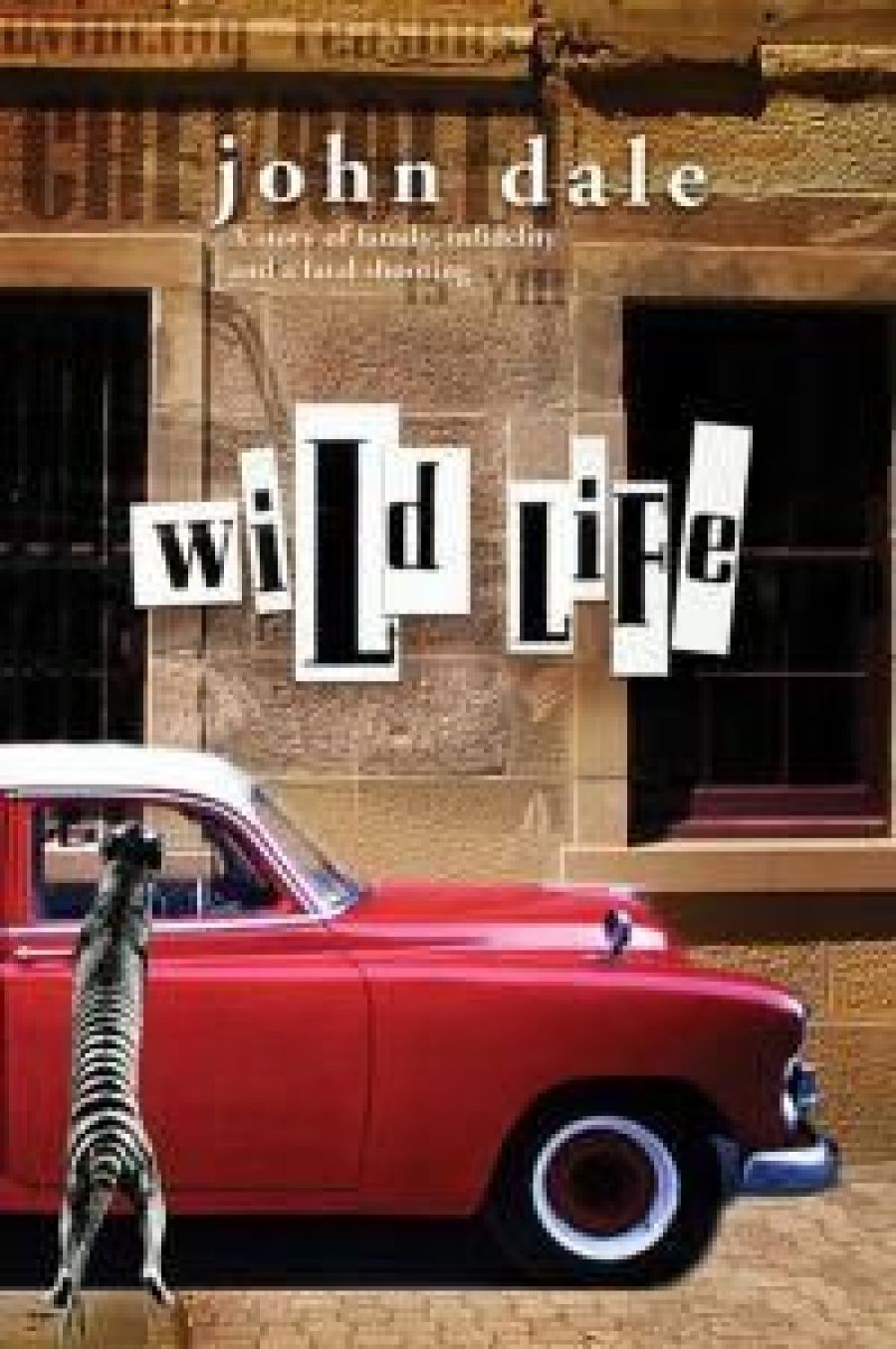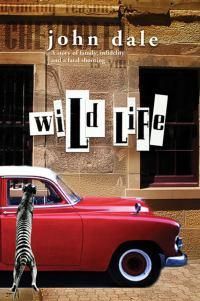
- Free Article: No
- Contents Category: Memoir
- Review Article: Yes
- Article Title: Where's the Tiger?
- Online Only: No
- Custom Highlight Text:
Tasmania is a wild place, the home of the last great temperate rainforests on the planet. Somewhere in those forests, or perhaps in the sclerophyll scrublands of the north-cast, may still be lurking a thylacine, the famed Tasmanian tiger. Over the years, there has been no end of searching, so far with no result. Despite numerous reported sightings, all we know for certain is that the last one ever sighted, a female, died on 7 September 1936 in miserable captivity in Hobart Zoo.
- Book 1 Title: Wild Life
- Book 1 Biblio: Allen & Unwin, $29.95pb, 253pp
- Book 1 Cover Small (400 x 600):

- Book 1 Cover (800 x 1200):

In the autumn of 1942, John Dale’s grandfather Harvey Malcolm was found dead in the driver’s seat of his Chevrolet in Launceston. There was a bullet in his head and a .22 rifle across his knees. Was it murder or suicide? The coroner, despite some rather conflicting evidence, rapidly concluded that Malcolm had done away with himself, possibly in despair over the fact that his mistress was about to marry another man. Sixty-two years later, Dale decides to find out what really happened. He digs out the coroner’s and police reports, consults the newspapers of the time and talks to anyone who remembers anything. It is an engrossing tale: as much a story about Tasmania in the 1930s as it is about his grandfather.
Dale grew up in the island state, and the spark for his search was a tantalising remark his grandmother once made to him out of the blue when she was tucking him into bed: ‘Harvey would never have killed himself. He was too selfish. I loved him you know, dear, but he was never very nice to me.’
Dale’s book joins an established genre. It reminds me of Nick Jose’s recent Black Sheep: Journey to Borrolloola (2002) in the way it blends personal reminiscence, historical research and fiction to fill out a story that can’t be told entirely from the fragmentary record. In Dale’s case, he sets out to find who his grandfather was and, importantly, who killed him. Remarkably, there is no grave or record of his remains, his demise a painful and embarrassing family memory.
As a fellow Tasmanian, I enjoyed the strong sense of place in Dale’s book. His descriptions of Launceston in the 1930s – the Cornwall Hotel, the Basin, the landscape around Scottsdale – are authentic. Perhaps he sprinkles the references to Robur tea, Duck River butter, Corio whiskey and Craven As a little self-consciously, but they add great texture to the tale. Like Dale’s grandfather, I grew up in a Tasmania where hunting and guns were commonplace and a gift of a pair of rabbits, a roo or a case of apples was an accepted part of visiting friends.
Dale follows the story of his grandfather as far as he can using the family record, the official reports and some surviving manuscripts of radio talks that his grandfather left behind. Where there are gaps, he imagines the rest. His grandfather was keenly interested in the thylacine and made attempts to capture one. He worked with the Tasmanian department of agriculture and, on its behalf, travelled to America to investigate the possibility of growing tobacco in Tasmania. In the US, Harvey rather too conveniently meets Errol Flynn, a fellow Tasmanian; they embark on some picaresque adventures, whoring and boozing their way through Hollywood. In an improbable conclusion to their association, Flynn agrees to bankroll Harvey’s plans to capture and save the thylacine from extinction. While amusing enough, these sections of the book are the least successful: they lack the strong sense of place that mark the writing about Tasmania. Dale is on stronger ground when he writes what he knows.
Back in Tasmania, Harvey’s personal life was in turmoil. He had left his wife and children in Hobart, and was living out of a suitcase in the north. Despite the fact that his business was going well, unfulfilled sexual tensions led to disaster. He had an affair with a young woman, Joyce Allen, who subsequently decided to marry a young man, Jack Searl, who had just enlisted. On the night he died, Harvey was parked outside Joyce’s house in Balfour Street, Launceston. Was there an argument? Where was Jack Searl? Why did Joyce Allen never explain the discrepancies in what her mother saw and what the coroner concluded? And what became of the snarer, Elias Churchill, and his bold claim that he would capture a thylacine for Harvey? Where was Errol Flynn’s cheque? For that matter, where is the blasted tiger?


Comments powered by CComment